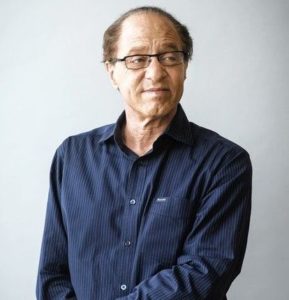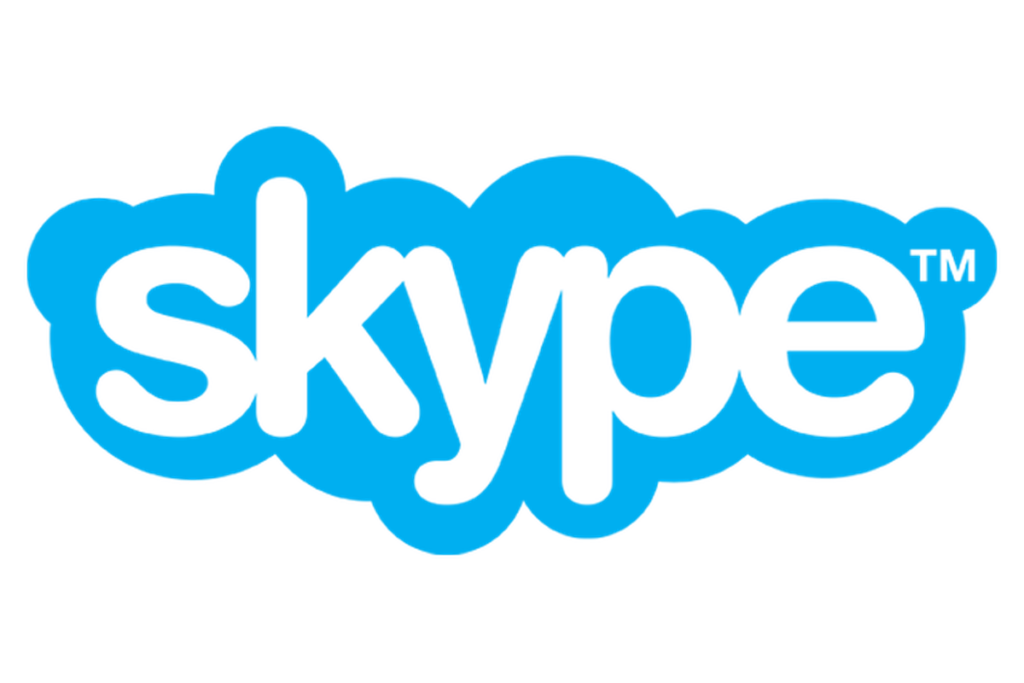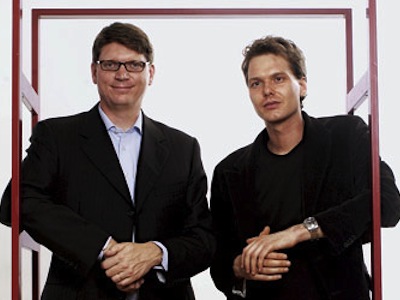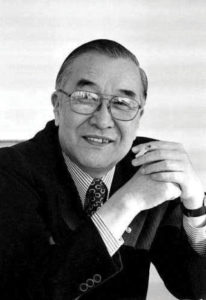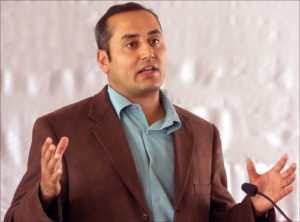Gordon Matthews : The American Inventor Who Invented the Voicemail
Some inventions have become such an integral part of our lives that we cannot imagine our lives otherwise. One can even go to the extent and say that we have almost taken such services for granted. The biggest such example is a subtle yet impactful invention- the Voicemail. This telephone service has been a part of our life for a very long time. It is almost impossible for us to imagine our mundane lives complete without this. But the voicemail is the result of sheer hard work and novelty. Gordon Mathews, the inventor of Voicemail, teaches us some of the most important lessons of life as we unfold the story of how a normal man went on to become the visionary who changed the way people communicate.
The Beginning
Gordon completed his graduation in engineering science from the University of Tulsa in the year 1959. Soon after his graduation, Gordon joined the U.S Marine Corps, and this life decision laid the first foundation stone for Voicemail. We can all agree on the fact that there comes a day in everyone’s life when they have the make it or the break it moment. For Gordon Mathews, this time was when he witnessed the accident of his fellow pilot.
A part of him believed that he had a role to play in it. Soon after he was discharged from the U.S Marine, Gordon went on to join IBM and contributed hugely in developing voice-activated cockpit controls that would play a major role in decreasing air catastrophes such as his friend’s. The incident managed to influence and affected him in such a way that the man decided to dedicate the rest of his career trying to find a solution for such problems in transmitting information between people.
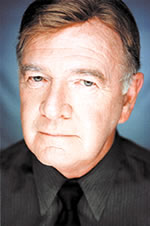
There are a lot of stories that revolve around how Mr Mathews invented Voicemail. The most famous and widely accepted one among them is of his travel to his office in Dallas on a rainy day. On his way to the office, Gordon noticed a trash-filled with pink slips full of while-you-were-out messages and other important information. This sparked an idea in him, and later, led to the invention of the Voicemail.
Gordon once said that if he sees anything that irritates him, he tries to fix it. This was exactly what happened with Voicemail. At the time of his invention, there was already the existence of a simple home answering machine that could only store messages. It uses an ordinary typewriter to do its function. The system found by Gordon did so much more than just record and save messages, i.e., send, forward, receive, store and even erase messages.
VMX
With the rocketing success of voicemail, Gordon started his very own company called ECS Telecommunications, which later on went on to be known as VMX. Soon enough, he received a patent for his invention of Voicemail and sold his first system to 3M (Minnesota Mining and Manufacturing Company). It is believed that his wife Monica was the one to send the first commercial voice message over it.
Later on, Mr Mathews went on to sell major shares of his company to huge firms such as 3M, Intel, Hoffman La Roche and Zenith Data Systems. But later in the year 1988, VMX went into the verge of a major bankruptcy and was soon acquired by a firm named Opcom. This firm was in turn obtained by Octel communications which were then, the largest provider of voicemail services and equipment across the world.
The Legacy
The legacy that Gordon Mathews left behind is huge. He is someone who believed that he could make the world a better place and actually went on to do the same. Even though he did not have much of a success story to tell as a businessman, everyone has a lot to learn from Gordo, as an inventor. The world is always in dire need of new inventions and people like Gordon Mathews, who indeed makes a huge difference in how we perceive the world.

Aparna is an MBA who turned into a content writer totally by chance.She has written articles on various genres such as fashion, finance, real estate and cryptocurrency. She is also a part-time blogger and a voracious reader. She believes that you should be young and crazy to become old and wise. She reads to her hearts fullest, which is again, an exhilarating experience.


